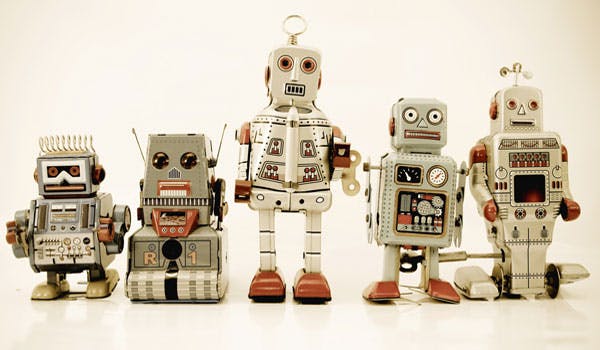Automation via robots is an enterprise solution that has traditionally been associated with large scale manufacturing runs, heavy and/or dangerous work, and of course, cost.
Yet in 2014, robot solutions are available even for very small operators. The technology has come a long way in recent years, and one company – Universal Robots – the brainchild of three Danish Phd students, has made significant inroads in the democratisation of robots.
Shermine Gotfredsen, Business Development Manager for Universal Robots in Asia Pacific, told Dynamic Business that Universal Robots’ robotic arms are targeted at companies for which robotics and automation technology has traditionally been too expensive, cumbersome and difficult to program.
“Basically [the students] were working on a project on how robotics can help to automate processes in the food industry. They found out to put pepperoni on pizzas, companies have a 150kg robot that they put on a euro palate, and they have to drive it around, and they thought this process was not really flexible at all,” Gotfredsen says.
The company now makes arms in two weight bearing categories – 5kg and 10 kg, and Gotfredsen says the idea is to use the robots for lightweight tasks that have traditionally been performed manually. What’s more, the robots are designed to coexist alongside workers with little to no safety shielding required.
Herbert Ho from Sensorplex, the company distributing the UR robots in Australia, says one element of the trend towards robotics is not being afraid of the technology.
“We train our customers to take ownership of the robot. If there’s a small problem or [the alignment] is slightly out – you don’t call us. We train users to make the minor adjustments, because a lot of people will use the robot,” Ho says. “It’s also not about seeing a robot as a complete replacement; it’s about seeing it as a collaborative tool of the trade,” he adds.
At the 2014 CeBIT trade fair, which was held in Sydney this month, robtics technology was well represented. Hanna Knaeusl from the University of Regensburg, Germany was one exhibitor behind Mocktail Robot, a state-of-the-art robot that can mix a drink and also remember what a person orders. Once a patron has ordered from the robot, at the time of the next order from the same patron, the robot has the ability to “recognise” the person, and start creating the same drink.
“It’s not like a talking robot. It’s a decision system, and helps with respect to your very personal interests or situation. If you come to this system and you say I don’t want a very strong cocktail, but I do want something to drink – it will help you make that decision and make it for you,” Knaeusl says.
The Mocktail Robot is not yet available for commercial use, and was created to demonstrate to students what an intelligence system can do.

